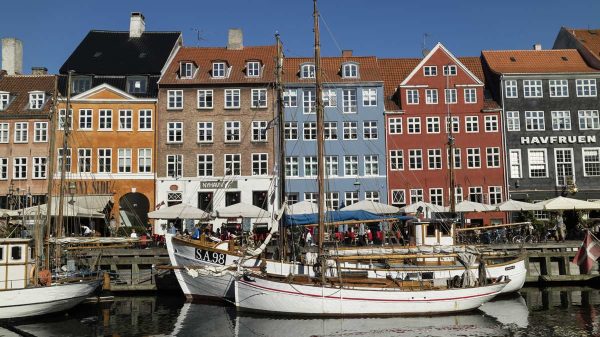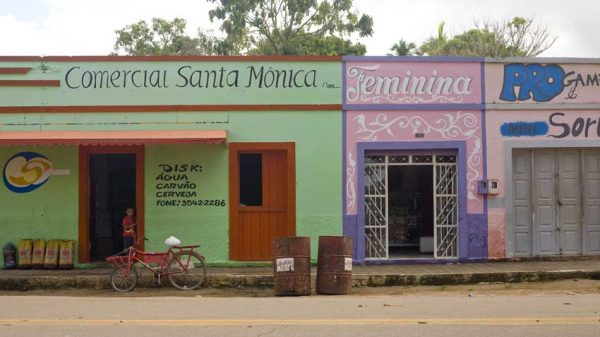SoHo is one of those New York neighborhoods that changes and evolves with the times. A former industrial district, it was once home to penniless artists, before becoming the fashionable district it is today.
The birth of a neighborhood
Its name is an acronym for "SOuth of HOuston Street": south of Houston Street. Located in Lower Manhattan, it is bounded on the south by Canal Street, on the west by 6th Avenue and on the west by Lafayette Street. In the 16th and 19th centuries, SoHo was primarily an industrial district. Most of the buildings were large warehouses with cast-iron structures, and the streets were paved.
But in the early 20th century, SoHo became increasingly notorious for its sweatshops, where foreign labor was exploited. When laws regulating working conditions were passed, SoHo became deserted and unfriendly.
And so, in the 1960s, artists with little money began to move in. Rents were very affordable, and the huge abandoned warehouses and workshops were large enough to accommodate their work.
The architecture of SoHo
SoHo is the place in the world where you'll find the most elements of cast-iron architecture. Most of the 250 cast-iron buildings still standing in New York are in this neighborhood, particularly on Greene Street, where some 50 of them can be found.
From 1850 onwards, thanks to the industrial revolution, producing cast iron and using it to construct buildings became more profitable than using stone or brick. Because cast iron was an easy material to work, it was possible to add molded ornamentation to facades. This is why these buildings feature many decorative elements borrowed from classical European architecture, such as columns, arcades, cornices and friezes.
The strength of metal also made it possible to build huge bay windows. These, along with the exterior staircases added in the early 20th century, are characteristic of SoHo architecture.
SoHo today
Most of these buildings were restored in the 1970s, when the area was designated a historic district. Buildings not to be missed, if you're interested in architecture, include the E.V. Haughwout Building, the Cheney Building and the Roosevelt Building.
Today, there are still a few artists, who moved in when real estate was still affordable. But it's mainly lofts, offices and art galleries that now populate the area.
A sure sign of SoHo's popularity: if you want to spend an evening in one of its restaurants, you'll probably need to book a few weeks in advance.
















